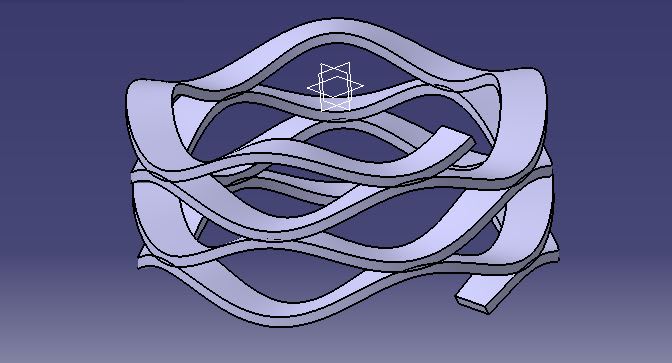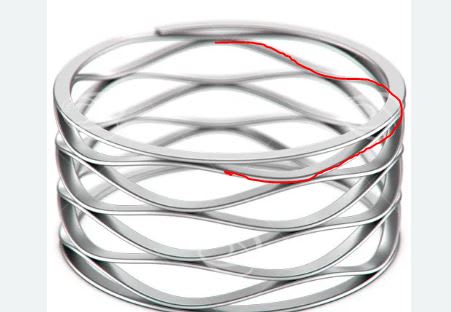Both models look like reasonable solutions - Wuzhee's and weagan22's. They solve slightly different aspects. The Wuzhee solution is much simpler to adapt to other sizes and one might even simplify it and skip the wavy part if speed and time are required and still build the ends for installation constraints, coming back to the waves later - plus those nice flat surfaces are great for mating constraints.
weagan22's version is more elegant at handling the transitions and would look much better in a technical publication; the mating constraints will likely work, so I can't say it won't but it's one more approximation being added to the mix. I have used it for the transitions on wire springs.
I have used both depending on time and how large the component will appear in the finished work.


